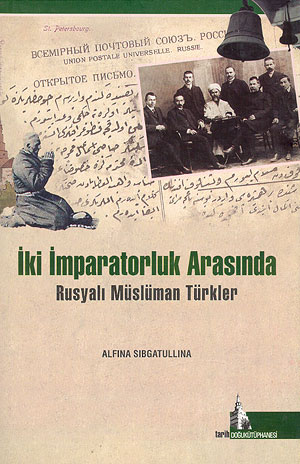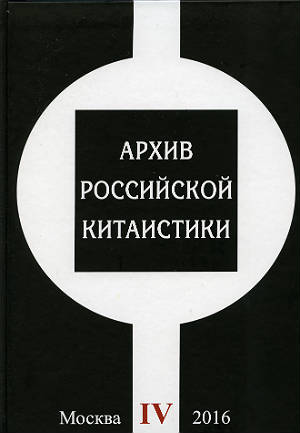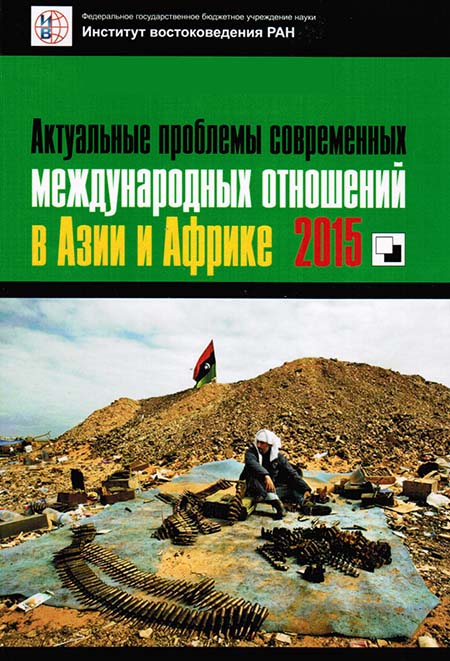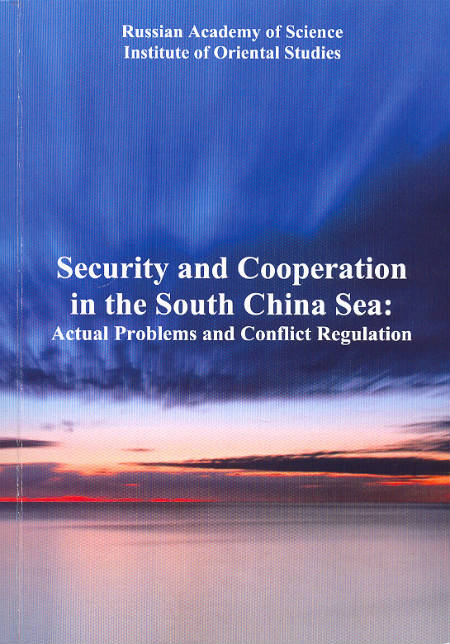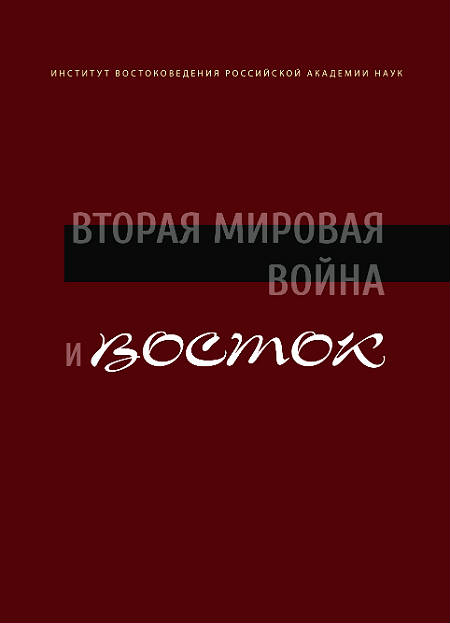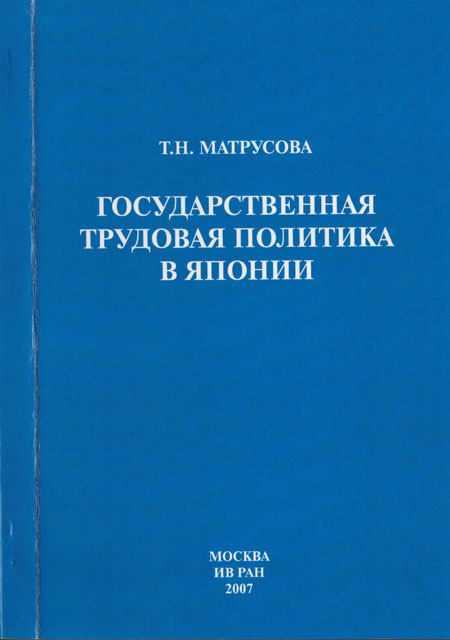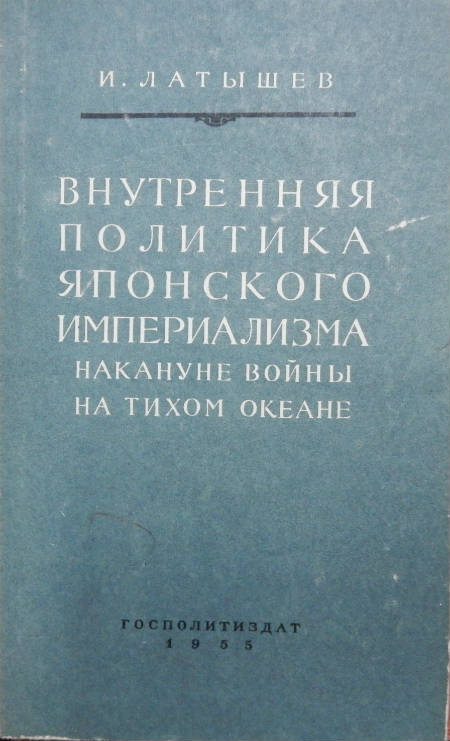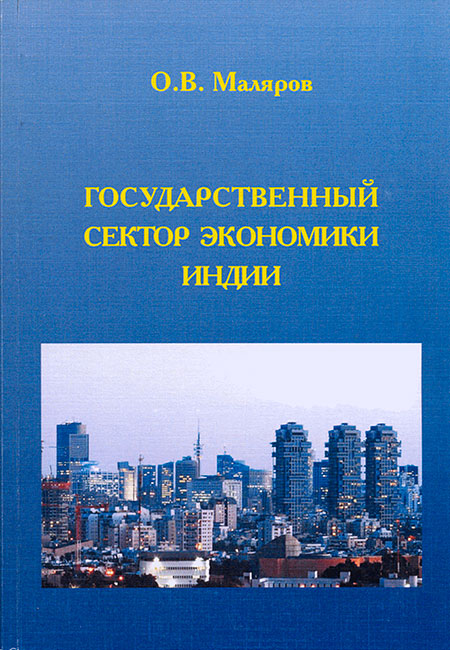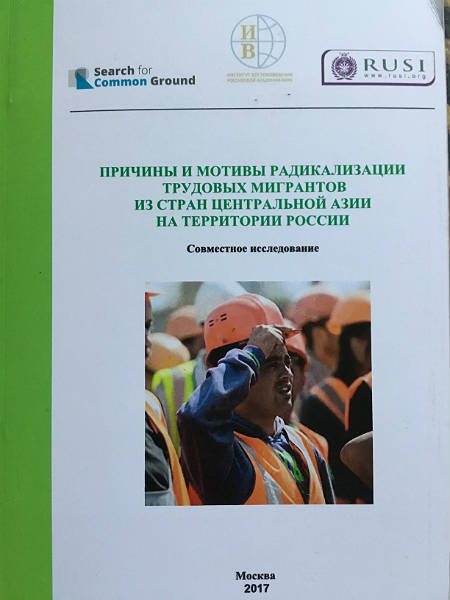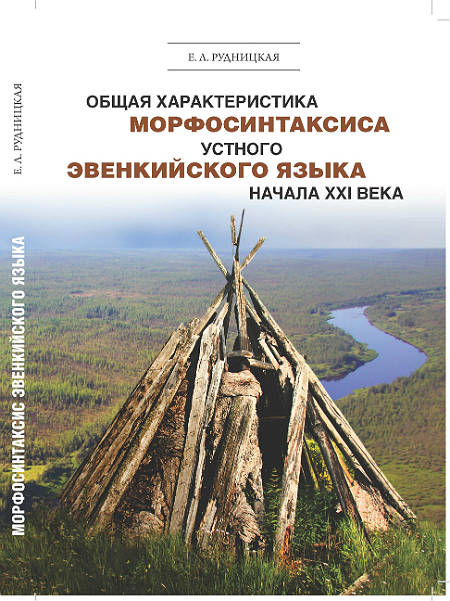Book
Issues in morphosyntax of the oral Evenki from the beginning of the XXI-th century
Санкт-Петербург, 2019, 252 p.
The study is based on the text corpus (live stories and tales) recorded from narrators belonging to different dialects of Evenki. A corpus displays spontaneous speech whose analysis can give results different from those bases on elicitation. Such poorly studied aspects of Evenki grammar as word order and verb grammatical categories are discussed. Even though verb morphology has been thoroughly studied (e.g. by B.V.Boldyrev, based on the literary language), the oral speech corpus allows us to trace the tendencies of changes in the language that show up in oral speech. The data are analyzed and compared to data from grammars and to earlier oral speech records from 1930-th. Chapter 1 considers word order in Evenki. Evenki can be considered an SOV language or an OV/VO language. We advocate the position the Evenki is an OV language with free word order. We fix two main factors that trigger the shift from the OV order to the VO order: (1) communicative structure and discourse factors; (2) Russian word order influence. Chapter 2 considers verb categories. The oral language has preserved all of the grammatical positions of the Evenki verb, including the ‘derivation affix slot’ (synthetic constructions). However, not all of the affixes that can show up in this slot are not widely used, especially among narrators that are younger and/or use Russian in their everyday speech. There is a tendency for synthetic constructions with these affixes to be substituted by quasi-synonymous analytic constructions. Tense inflection (future) is also analyzed. The data that shows a lot of uses of Future forms not for future reference, and the comparison with Russian Future forms use allow us to track the influence of Russian on the use of Evenki tense affixes.. Issues of new verb forms grammaticalizaton and argument structure are also touched.
The data and results of the monograph are relevant for both typological studies and the language contact theory related first of all to small and extinct languages in Russia.
As an annex to the monograph, four live stories and two tales (prepared for print and glossed by E.L. Klyachko) are included. The annex gives samples of texts from the corpus.


